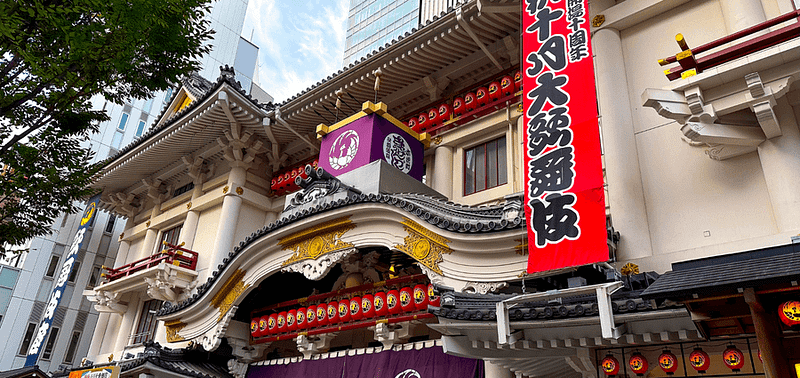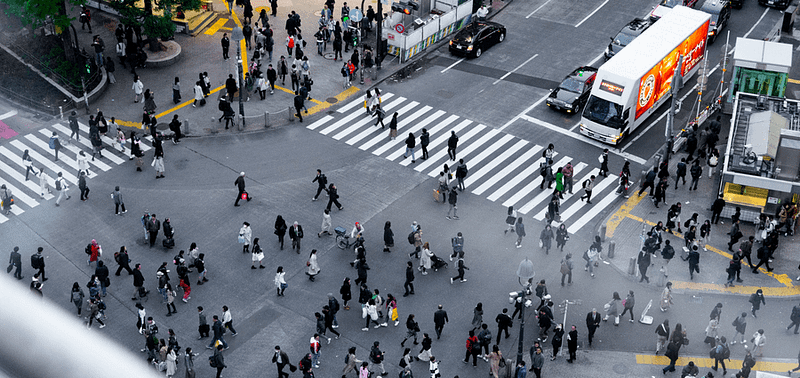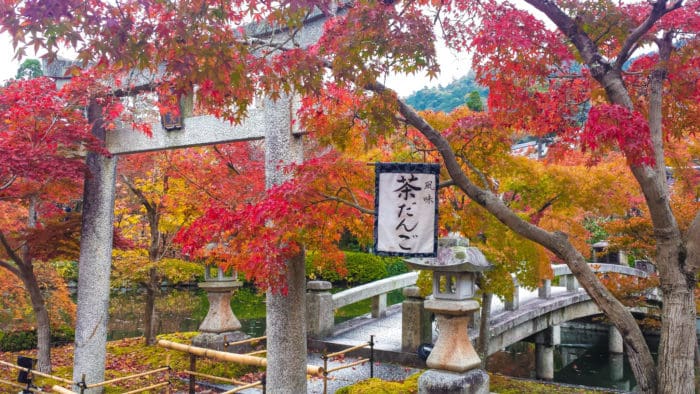Japan celebrates each of the four seasons in very special ways. That’s why when the rainy season ends and summer starts to fire up, there’s an endless list of things to do or events to find in the Land of the Rising Sun. Along with the typhoons that begin to roar through the country, summer in Japan starts to fire up the festivals (祭り), cook up delicious summer foods, light up fireworks, and even guide their ancestors home.
It’d be impossible to list all of the things to look for in a Japanese summer, but to do so would ruin the fun anyway. Here are a couple things to get you started!

Matsuri
Japanese summer festivals are an iconic feature of Japanese culture. With its long, rich history, Japan seems to have a festival to celebrate everything (not that that’s a bad thing). In summertime, summer (夏) festivals are celebrated in nearly every town across the country. Gigantic shrines are hoisted upon the shoulders of locals who march them—usually very drunkenly, as the festival day usually starts with plenty of sake—throughout the town. Festival-going girls dress up in yukata, or traditional summer gowns (浴衣), and while boys have their own version, they also go in something called a jinbei (甚平). Traditional festival foods and sugary goods abound, and the night ends with performances and a fireworks show for all to enjoy.
When I lived in Tanegashima, I got to participate in the summer’s Teppō Matsuri. My day started early in the morning, dressed in traditional garb and surrounded by members of the town. Shōchū (焼酎)—in this case a potato based vodka liquor grown locally on the island—was passed around endlessly, and we then began our long march. I lifted a gigantic, heavy shrine across my shoulders, along with 50 other men. As we made our way through the town, we visited each local shrine and took a drink in its honor, then passing through the river that cut the town in half, and finally ended back where we started in order to begin the night festivities. Occasionally the entire entourage would stop and we’d turn the shrine on its side, swinging it from side to side while people clung to it half out of fear and half out of fun. Towards the end of the evening, everyone settled down to watch the fireworks (花火、hanabi) and enjoy the hot humid summer night.
And that was just one of the thousands and thousands of Japanese summer festivals spread throughout a regular summer in Japan. It’s not something to miss. Each is unique, brought about from the history in that town’s roots, and each offers an unforgettable experience.

Summer Treats
The foods! The beautiful thing about Japan is the way they eat food according to the seasons. Coming from an urban part of the United States, any kind of food was almost always available on the supermarket shelves, shipped in from somewhere. While you can certainly find all kinds of food in Japanese supermarkets, when things are in season, it’s very obvious. It’s more delicious (if nature decides a certain fruit should grow well during summer, why not listen to it and eat it in summer?), less expensive, and a whole lot more sustainable.
So what’s in season?—Loquats, mangos, mikan (mandarines), strawberries, watermelon, and certain fish. Depending on where you are, every place has its own unique foods in season. Ask a local, check the markets, or see what’s floating around and get a feel for what to eat.
Summer in Japan also means a fun way to eat noodles, called nagashi sōmen (流し素麺). A long, halved pole of bamboo is laid at a decline with water running through from top to bottom. Noodles are dropped in from the top, following the flowing river and to the end, where a hungry person awaits to scoop up the noodles with his or her chopsticks!
Let’s also not forget the king of all cool treats, kakigōri (かき氷) or shaved ice. This icy delicacy consists of a mountain of shaved ice, topped with a sweet syrup. Fancy kakigōri may include bits of fresh fruit, condensed milk, and all kinds of good stuff, and is available in most cafes during the summer months. Kakigōri is also a staple of festival food, and can often be found at various stands at any given matsuri.














